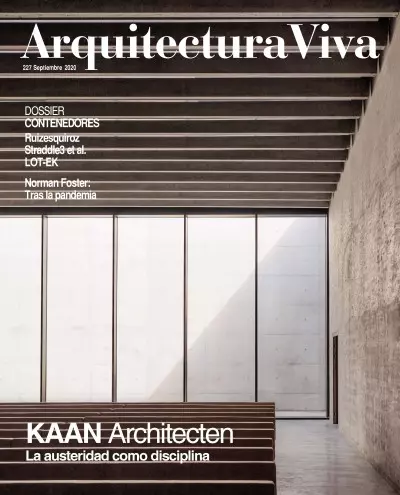

(Breda, 1961)

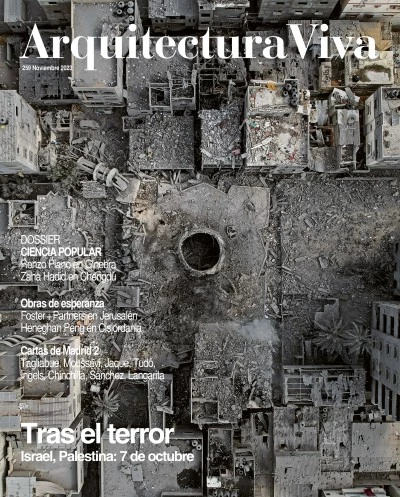
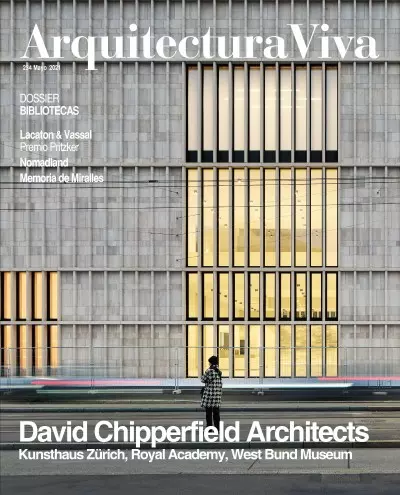

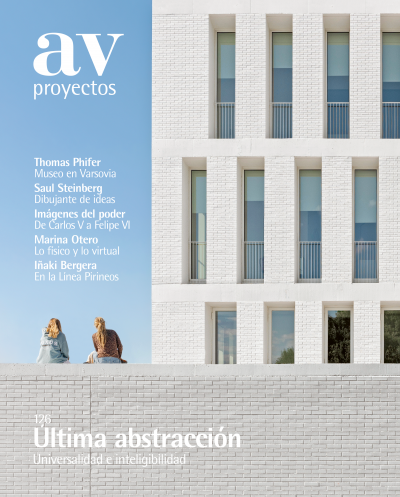
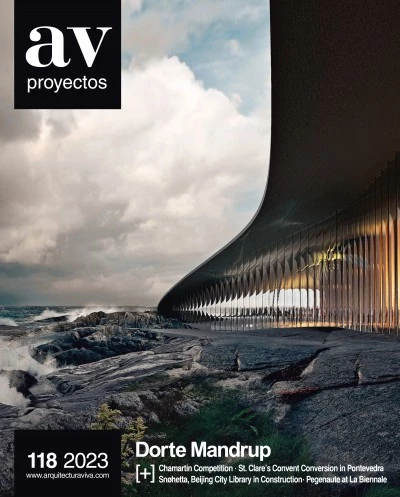

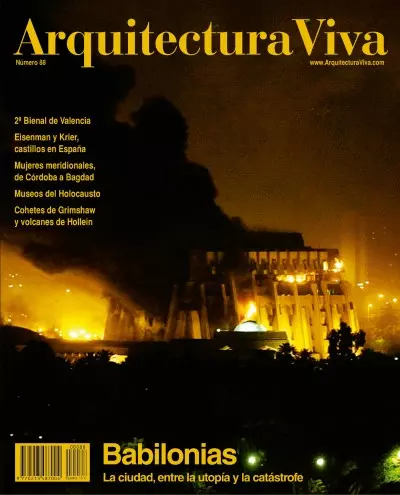
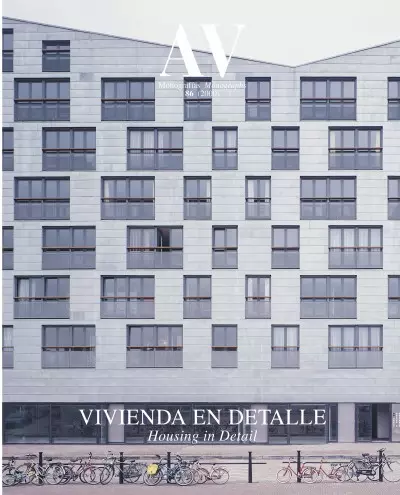


KAAN Architecten was commissioned to design a visitor center for the Netherlands American Cemetery (NEAC), the only World War II U.S. graveyard on Dutch soil. The new building blends respectfully into the premises, partly sunken into the sloping hill
The east wing is expanded and containedly renovated with the aim of preserving the convent’s typology as much as possible. The west gallery for its part is more noticeably transformed into a two-story climate-controlled archaeological center...
Upon the death of Queen Wilhelmina of the Netherlands in 1962, Het Loo – the summer residence of the House of Orange-Nassau – became a property of the State, and some time later it was turned into a museum. Through an extensive renovation, KAAN Archi
The now controversial Leopold II personally backed an ambitious urbanistic program to improve the quality of life in Belgian cities and promote a cultural awakening, and a fruit of the efforts of the Roi bâtisseur is the monumental building that went
The building is conceived as an oasis of calm that manifests itself exteriorly through few but sculptural openings striking a contrast with the lines of the surrounding landscape. Affixed to the terrain, the crematorium is an ode to order and peace,
This new complex acts as a transition between a motorway built over the historical Vauban fortification and the Eurartisanat Campus of Lille, which the same architects designed. Coexisting in the building are the emphatic boldness of its geometry, th
Located within a university campus of 600 hectares, the institute building is characterized by the elegant screen of reinforced concrete that forms its facade. The exterior surface of the building presents a grid whose geometry is slightly different
Accommodating a multipurpose program, the building is resolved with prefabricated portal frames of concrete that play a part in optimizing the use of available indoor space. The monolithic block is composed of a base reserved for retail spaces and a
Construida de forma estratégica sobre una bahía natural, Maputo, ciudad portuaria fundada 1898, se desarrolla en largas avenidas arboladas ordenadas según una malla ortogonal. La embajada de los Países Bajos se encuentra en las afueras de la capital,
El pequeño recinto que contiene los restos del crematorio es uno de los pocos vestigios que se conservan del campo de concentración de Vught, cerca de Eindhoven, el único que los alemanes consideraron como tal en tierras holandesas. Tras convertirlo
La ciudad de Almere tiene más de cien mil habitantes y una historia de dos décadas. Es una aglomeración polinuclear, en la que las distintas zonas y el tráfico se han configurado jerárquicamente. La separación funcional se mantiene en el centro, cuya
The rietlanden parcel is perhaps the most urban of those comprising the operation of giving the Java, KNSM, Borneo and Sporenburg docks a residential function, in the wake of the transfer of port activities to the west zone of Amsterdam’s harbor in t
The project provides an alternative to other types of large scale accommodation by proposing a hybrid of terraced houses with two residential units per floor and metropolitan apartments...
The storey at the point of the arrow and the artifice of the bands on the glazed southern facade make the tower appear slimmer. The structural walls are faced with metal sheets painted to camouflage their presence in the park...
The renovation project of the Calslaan residences, a complex of four buildings constructed in 1965, has modified the arrangement and the size of the rooms and has also altered the composition of the facades. The white plasterwork, as much as the open
Based in Rotterdam but running offices in São Paulo and Paris as well, KAAN Architecten was set up by Kees Kaan, Vincent Panhuysen, and Dikkie Scipio as a new professional venture after the 2014 closure of Claus en Kaan, the firm they had worked toge
A la vista de este volumen lujosamente sobrio, uno tiene la sensación de que no le ha hecho a Felix Claus (Arhem, 1956) y Kees Kaan (Breda, 1961) todo el caso que debería. En el ruidoso panorama de la arquitectura holandesa de la última década, su ob
Having trained at Delft Polytechnic, Felix Claus (1956) and Kees Kaan (1961) joined together in 1987. They have 35 employees in their office in Amsterdam and the two partners share the same teaching background; at the Berlage Institute and the Amster

